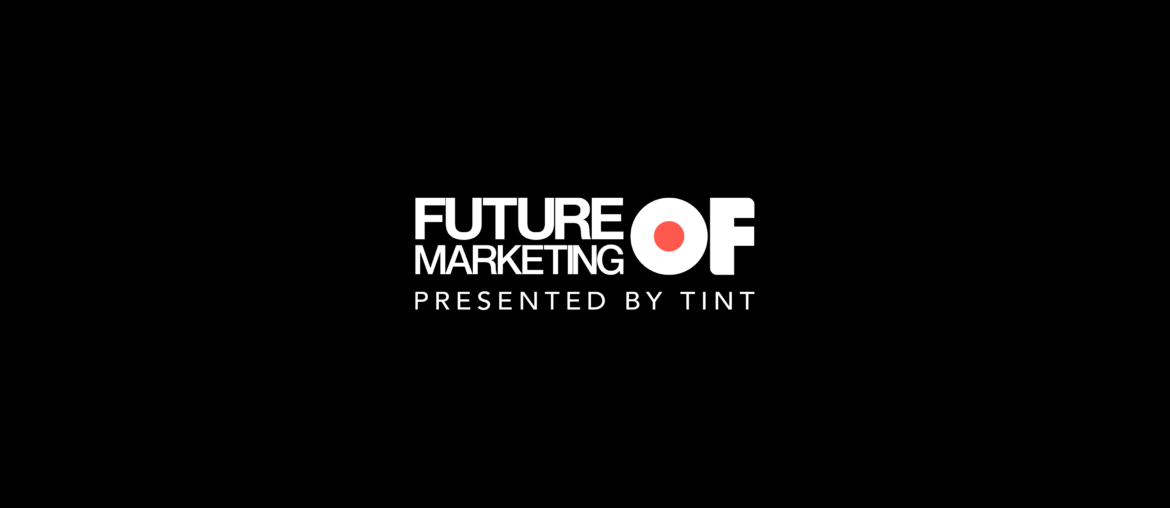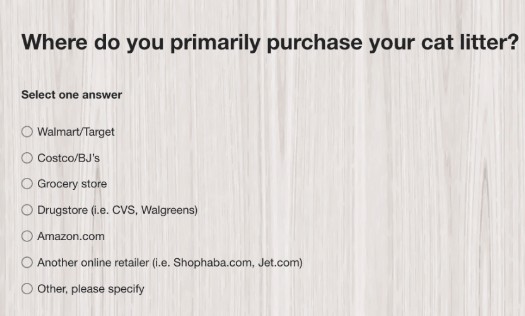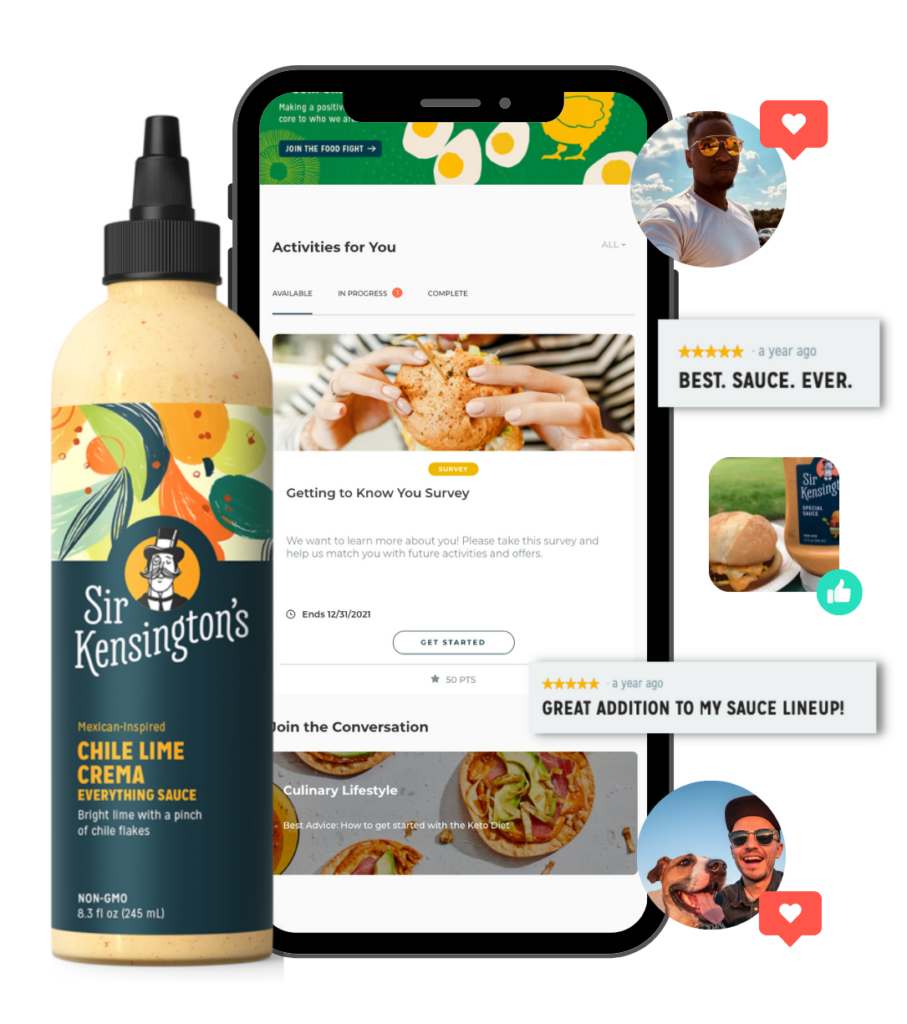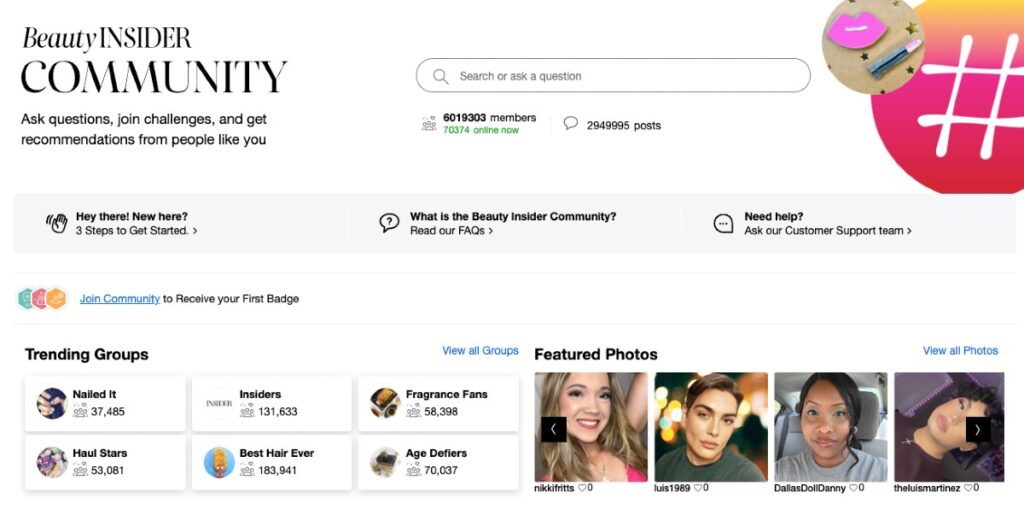This content originally appeared on July 20, 2023 as part of the Future of Marketing weekly email series. Subscribe here.
Welcome to Future of Marketing!
Today, we’re discussing a significant development in the social media landscape.
Meta recently launched Threads, as it aims to compete with Twitter. This move highlights a crucial shift in our understanding of audience ownership and the need for brands and creators to focus on collecting zero-party data and building their own communities.
Let’s dive in…
Social Media Platforms Own Your Audience
While it’s essential to be on the hottest social media platforms, there’s this nagging uncertainty about which ones will stick around for the long haul – we’ve seen this with MySpace, Facebook, Clubhouse, Twitter.
It’s a bit scary to invest time and money into building an audience on ever-changing third-party channels, but the introduction of Threads underscores an important realization: while we may have followers and fans on social media, ultimately, these platforms own our audience.
By competing with Twitter, Threads acknowledges the demand for real-time interactions and content consumption. This, once again, forces us to confront the reality that our relationships with our audience are mediated by social media platforms, and they have the power to shape and control that connection.
Understanding this paradigm shift, brands and creators must adapt their strategies to build more resilient and sustainable relationships with their audience – outside of social media. One crucial approach is to focus on collecting zero-party data. Unlike third-party data, which is obtained through external sources, zero-party data is willingly shared by individuals. It includes preferences, intentions, and personal details that users provide directly to brands.
With this valuable data, brands can gain deeper insights into their audience and deliver more personalized experiences. For example, Sir Kensington’s launched the Taste Buds Community to uncover what matters most to their passionate super fans, who they call “Taste Buds.”
Sir Kensington’s uses the community to co-create, develop new products, rename other products, drive advocacy, and more. As a result, they’ve achieved over 51K survey responses to date, +132% Net Promoter Score, and over 35K pieces of UGC created. #BrandCrush
Why You Need To Own Your Audience
Brands can create their own spaces where they can foster meaningful connections and interactions. However, a staggering 78% of consumers agree the term “community” is currently being overused by brands that aren’t providing a real community experience.
Sephora’s “Beauty Insider” community is the epitome of a great community experience. They engage community members with loyalty rewards, ratings & reviews, user-generated content, surveys, forums, and more.
By creating branded communities through platforms like TINT, brands can take back the power to build an nurture a direct relationship with their consumers, hyper-personalize their shopping experience, and establish direct lines of communication with their audience – bypassing the limitations and algorithmic whims of social media platforms.
Building a community enables a brand to engage with their audience on their terms, providing valuable content and experiences that resonate with their specific interests and needs. By cultivating these relationships, brands can foster loyalty, advocacy, and even co-creation – all while maintaining ownership over their community.
As we navigate this new landscape, it is important to remember that social media platforms will continue to evolve and introduce new features and changes. This isn’t to say “don’t use social media platforms,” but it makes it even more critical for brands and creators to diversify their digital presence and focus on building owned platforms that allow for audience ownership and zero-party data collection.
Overall…
Building your own community allows you to own the conversation across all platforms – while avoiding the downsides if (and when) platforms become less popular or completely shut down.
Email lists, newsletters, mobile apps, community hubs, or websites can provide alternative channels for engagement and reduce reliance on any single platform – ensuring greater control and longevity in your digital presence.
If you need more inspiration, check out these 5 Brands That Are Winning With an Online Brand Community.
Questions About Building & Growing Your Community?
Our team can help you strategize unique marketing strategies to take your brand to the next level. Contact us to learn more.
As always, thanks for reading.
Until next time!



